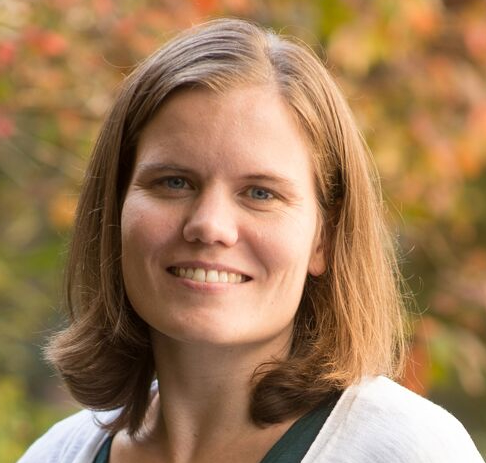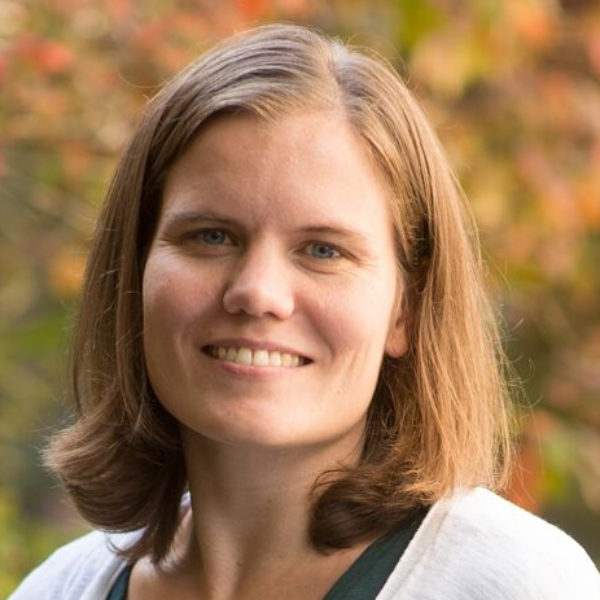Register here before 21 October 2025 (in-person and online)

Abstract: Massive stars end their lives in powerful supernova explosions. Supernovae play a crucial role in the universe by creating and distributing elements that are critical for life. They also leave behind compact objects in the form of neutron stars and black holes, which are some of the most extreme objects known to us. In this talk I will give an overview of our current understanding of supernovae and also tell the story of SN 1987A, which is the most nearby supernova in the era of modern telescopes. It occurred in 1987 in a small neighbouring galaxy called the Large Magellanic Cloud and was initially bright enough to be seen with the naked eye. Due to its proximity, it has allowed astronomers to study phenomena that are too faint to be seen in more distant explosions. I will highlight the most important insights gained from decades of observations of SN 1987A, ending with our recent discovery of the compact object with the James Webb Space Telescope.
Josefin Larsson is a Professor of Astrophysics and Deputy Head of the Physics Department at KTH. She is also a Wallenberg Scholar. She obtained her MSc at Lund University, a PhD at the University of Cambridge and a postdoc at Stockholm University.
Larsson’s research deals with some of the most extreme phenomena in the universe; powerful stellar explosions like supernovae and gamma-ray bursts, and the compact objects that they leave behind. She investigates fundamental open questions regarding these phenomena, including how the explosions are triggered, as well as how the properties of the compact objects (neutron stars and black holes) are connected to the properties of the progenitor stars and explosions. Together with her research group, Josefin Larsson addresses these questions by analysing observations that cover most of the electromagnetic spectrum.

